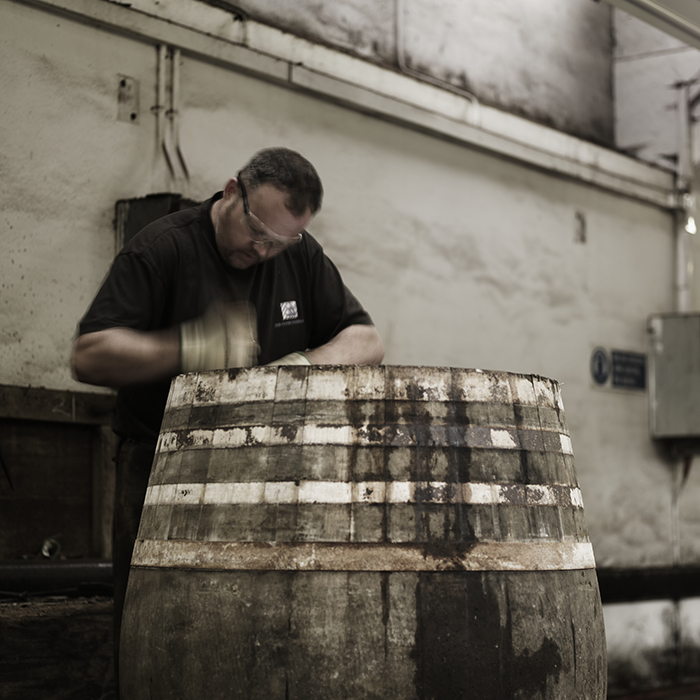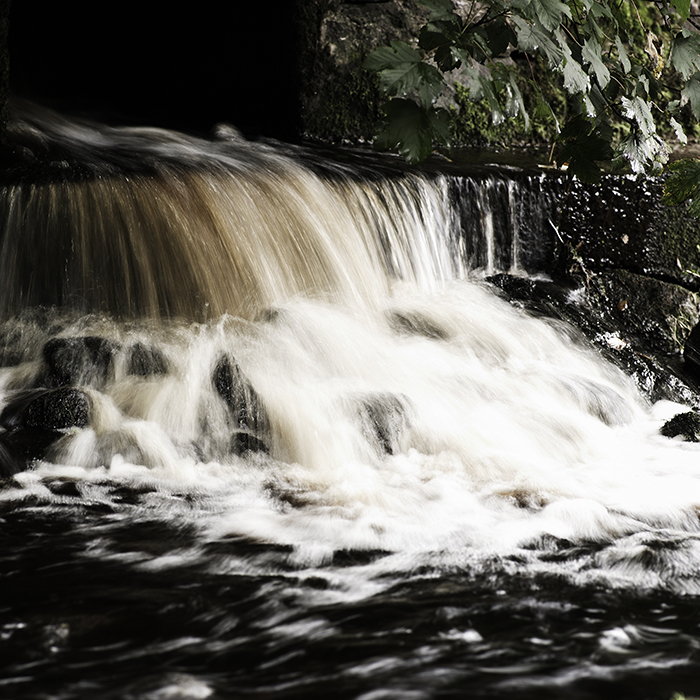Dist-opia: visiting The Glenrothes, Speyside
Author: Alexis Self

Of all the purveyors of fine spirits, whisky makers often seem the most inclined to self-mythology. Forget, for one minute, Jack Daniel’s old-timey tube adverts, I’m talking about Scotch producers. Every new distillery seems desperate to boast of some connection to William Wallace or Rabbie Burns or either of their cousins’ horses. Which can leave the average whisky drinker not a little jaded. At least I must admit, this is slightly how I felt when the history of The Glenrothes distillery was preached to me over a dram of its liquid merchandise in London.
But that was before I actually saw the place for myself. The trip northeastwards was not particularly auspicious, and Aberdeen Airport isn’t exactly Acapulco, especially in driving late August rain. Leaving the city and heading north, the scenery is initially unremarkable but then, after driving for half an hour, the clouds parted and the sun illuminated the auburn hills. As you come off the motorway and onto weaving country lanes, whitewashed stone buildings reveal themselves around every corner, daubed with names etched into the top-shelf of your psyche: Glenlivet, Glenfiddich, Glendulla, Glenallachie – all of the Glens…
The town of Rothes, where Glenrothes is located, is at the centre of this Celtic constellation. Nestled in a valley behind the town, its slate stones sit proudly on the banks of the Spey (this really is Spey-side), and it makes for a breath-taking sight. The powers that be recently acquired the land upriver to safeguard the distillery’s water supply – a not insignificant boon given recent closures in the area due to a scarcity of the stuff. There are two founding dates on the main building (1878 and 1879), testament to an ongoing debate about whether the first drop of whisky or the first stone laid represents conception.
All over the distillery, idiosyncrasies point to The Glenrothes’ non-conformism and eschewal of the limelight. Part of the Edrington Group, whose portfolio also includes the Famous Grouse, Cutty Sark, Highland Park and The Macallan, the latter of which is just over the hill, it has always seemed happy to play a less showy role, perhaps reflective of the style of its whisky. The reason James Stuart, owner of Macallan, decided to open The Glenrothes in the first place was to provide a lighter, fruitier alternative to the creamy, oily Macallan style. Its birth came at the tail-end of a whisky boom – the railways had recently reached Speyside revolutionising distribution. Around the same time, the phylloxera epidemic was devastating Europe’s finest vineyards, not only greatly reducing fine wine production but also impacting Cognac producers.

The gap in the market was plugged with Scotch and the moment seemed ideal for opening a new distillery. Then the Bank of Glasgow collapsed, precipitating a period of economic uncertainty and the closure of dozens of Speyside distilleries. Unlike many of its neighbours, The Glenrothes survived, in large part due to the efforts of Mr Robert Dick. Having taken over the project from Stuart with three other blenders, Dick persuaded the Presbyterian church to grant the distillery a much-needed loan. Today his gravestone surveys the kingdom he saved from insolvency. Ups and downs are to be expected from any 140-year-old organisation but The Glenrothes story certainly seems to be one of overcoming adversity. It has survived bankruptcy, war, Prohibition, a fire and even a haunting to get to where it is today.
The undead’s reluctance to leave the distillery isn’t unusual: the average time most of The Glenrothes’ living employees stay there is 29 years. This is a loyalty borne from hard graft and inherited skill. While its sister distilleries continue to focus much of their attention on becoming luxury lifestyle brands and tourist attractions, The Glenrothes is still very much a working distillery, and visitation is only available by appointment. There’s an on-site cooperage which offers a five-year apprenticeship and makes barrels for many of Speyside’s most famous names. The cooperage holds up to 400,000 barrels and can be seen from space. Unsurprisingly, Cooper is a popular surname in the surrounding area.
Many of the workers are the second or third generation of their family to work at the distillery, and possess all the acumen that you would expect from this. This is reflected in the spirits they produce. The new spirit, in fact, is of such high quality that dozens of rival distilleries buy it and mature it off-site. Combined with the distillery’s barrel expertise, this makes for a winning formula when it comes to the showpiece product: the single malt whisky.
In line with most other Speyside distilleries, The Glenrothes only started making single malt in the 1960s. Since then it has built up a small but loyal following with its distinctive style, still markedly lighter and fruitier than the typical Speyside. The distillery’s recent decision to mature exclusively in Sherry casks is a shrewd and tasty move. Its new collection seems destined to earn The Glenrothes its rightful place among the world’s premium single malt brands, all achieved with its trademark modesty.


